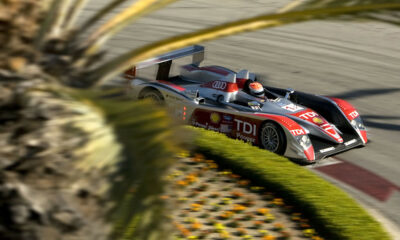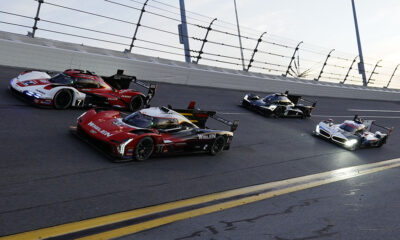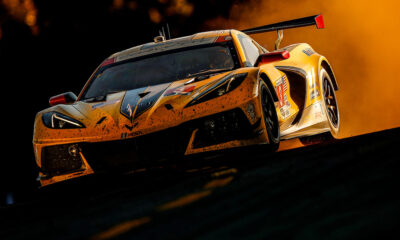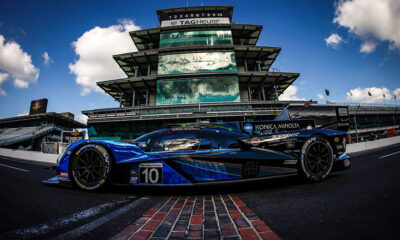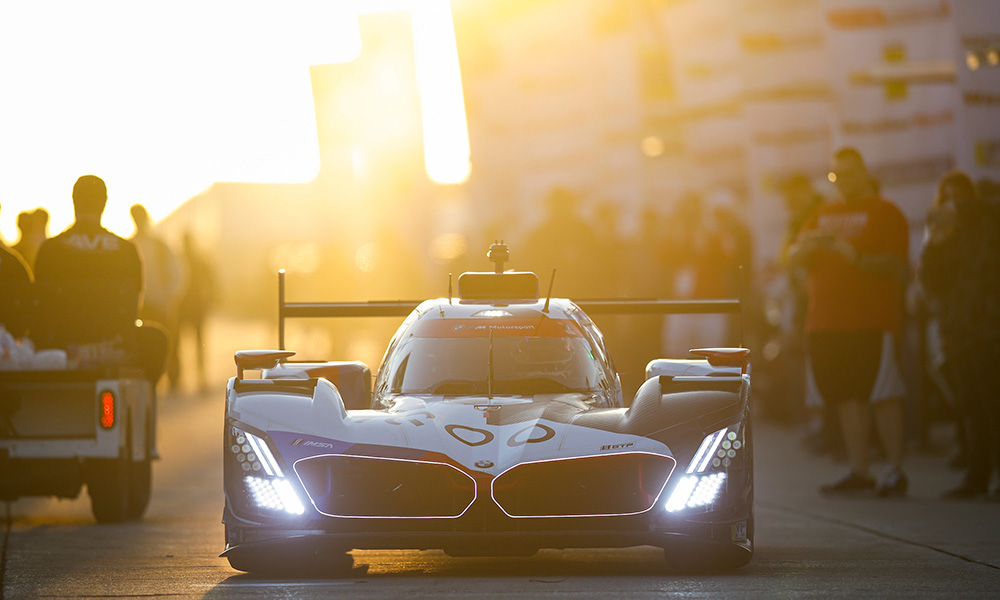
Photo: Jake Galstad/IMSA
The wake-up calls will begin very early on Saturday morning as the IMSA WeatherTech SportsCar Championship teams, drivers, and officials prepare for Saturday’s 72nd Mobil 1 Twelve Hours of Sebring presented by Cadillac.
A busy morning gets underway with IMSA timing and scoring transponder checks beginning at 6 a.m. and fuel rig inspections starting at 7 a.m.
Sunrise arrives at 7:34 a.m., just minutes before the Recon Lap at 8:05 a.m., followed by the pageantry and ceremonies leading to the 9:40 a.m. race start, the earliest of the season.
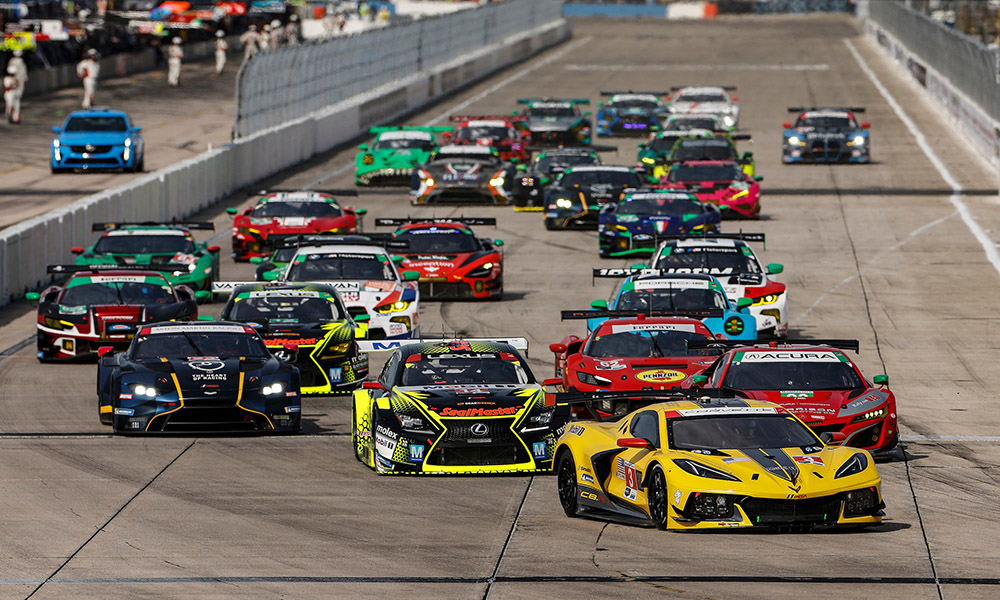
Photo: Mike Levitt/IMSA
A Three-Act Play
Michelin and race team engineers believe that Sebring, the second race of the WeatherTech Championship and Michelin Endurance Cup seasons, often unfolds like a three-act play.
Overnight cooling and the earliest race start of the season, typically provide a cool track for the opening act, with Michelin engineers reporting track temperatures of just 73 degrees at the start of the 2023 race.
The race action and track temperatures then quickly rose to 104 degrees at noon and continued to climb before peaking shortly after 4 p.m. at 115 degrees. That big 43-degree climb produced slick conditions and made double-stinting tires a challenge during the mid-day.
With tire allocations reduced for the GTD Pro and GTD teams in 2024, team strategists have something extra to consider in developing their tire strategies and driver rotations.
There is also a twist, as the concrete sections of the 3.74-mile airport circuit can be 10-14 degrees cooler at peak times than the more recently paved asphalt sections.
Later, those track temperatures and grip levels change and diverge, as the asphalt sections cool more quickly than the concrete as sunset approaches.
Then, just as the morning preparations took place in darkness, the climactic final two hours of the race following the 7:34 p.m. sunset will play out in diminishing light and near darkness.
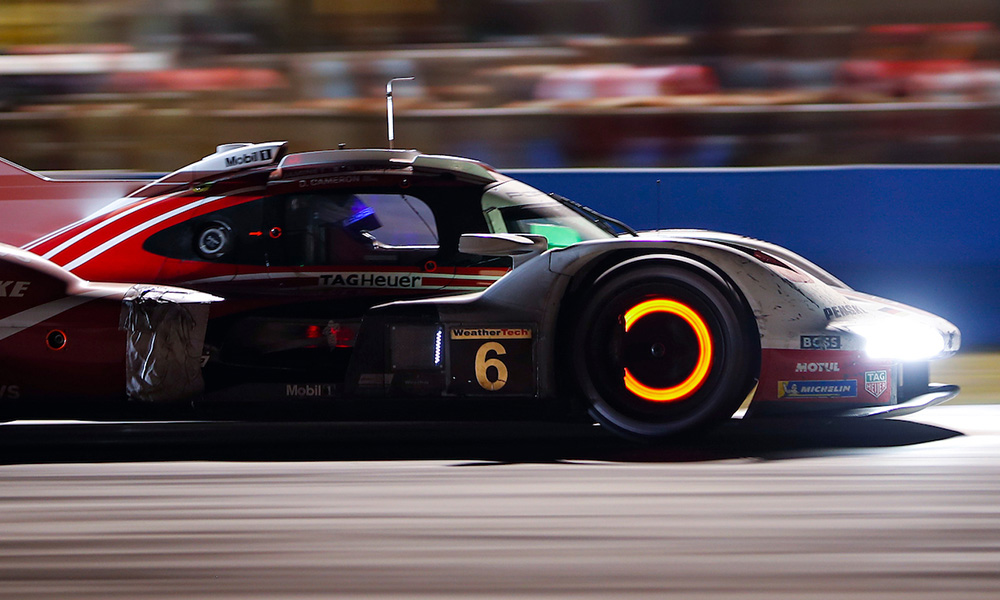
Photo: Jake Galstad/IMSA
Playing It Cool
To take full advantage of the cooling temperatures and increased grip, teams will often develop chassis set-ups, driver rotations, and tire plans optimized for the closing two hours.
The timing and frequency of any full course yellows often play a major role in determining the winners.
While the track temperatures change throughout the race, the notorious Sebring bumps, which produce nearly 17 feet of vertical front suspension travel per lap, remain constant.
With limited track lighting, reduced visibility, the racing line narrowing, and off-line passes often demanded by heavy traffic, drivers and teams know that Sebring is often determined by what you are in the dark.





















